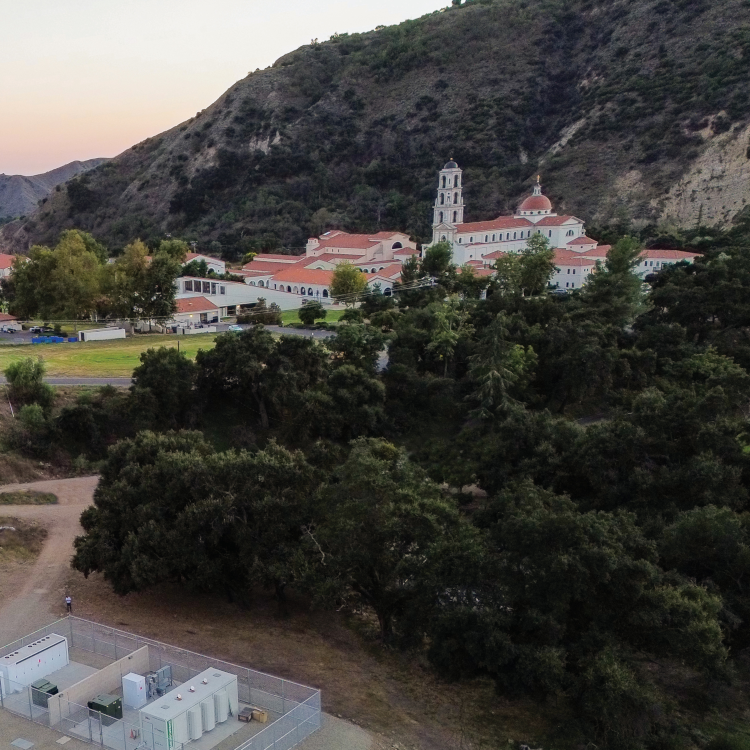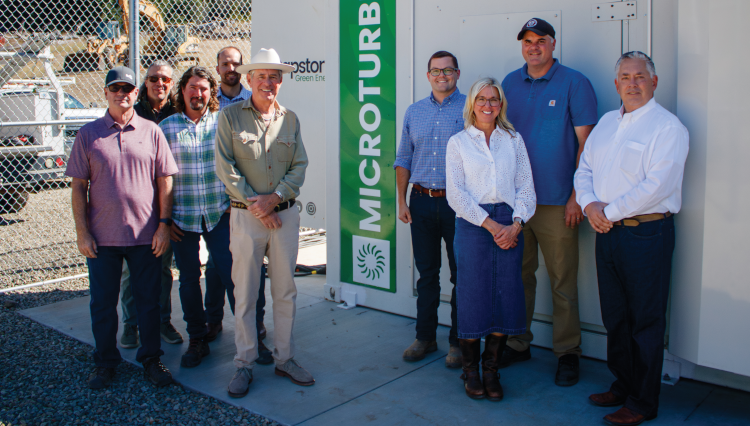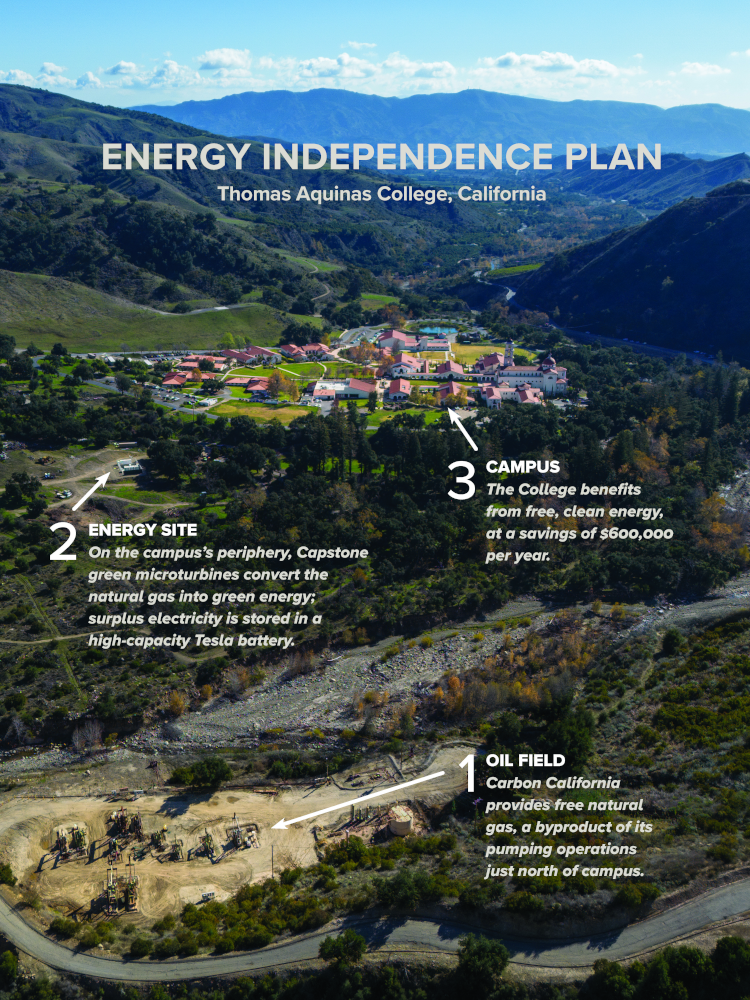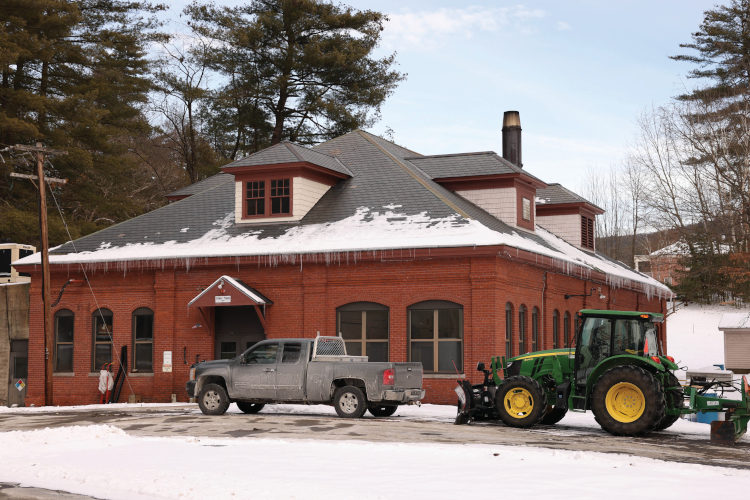- Home
-
About
 Fidelity & Excellence
Fidelity & ExcellenceThomas Aquinas College is unique among American colleges and universities, offering a faithfully Catholic education comprised entirely of the Great Books and classroom discussions.
-
A Liberating Education
 Truth Matters
Truth MattersTruth, and nothing less, sets men free; and because truth is both natural and supernatural, the College’s curriculum aims at both natural and divine wisdom.
-
A Catholic Life
 Under the Light of Faith
Under the Light of FaithThe intellectual tradition and moral teachings of the Catholic Church infuse the whole life of Thomas Aquinas College, illuminating the curriculum and the community alike.
-
Admission & Aid
 Is TAC Right for You?
Is TAC Right for You?Do you enjoy grappling with complex questions? Are you willing to engage in discussions about difficult concepts, with the truth as your ultimate goal?
-
Students & Parents
 Mind, Body & Spirit
Mind, Body & SpiritThere is always something to do at TAC — something worthwhile, something fulfilling, and something geared toward ever-greater spiritual and intellectual growth.
-
Alumni & Careers
 What Can You Do with a Liberal Education?
What Can You Do with a Liberal Education?Nothing speaks more to the versatility of the College’s academic program than the good that our alumni are doing throughout the Church and the world.
- Search
- Giving
Off The Grid: California Campus Achieves Energy Independence

Campus Saves $600k per Year with Revolutionary Green Power Plan
One quiet day last semester, a momentous change reflecting years of study and months of work — yet unnoticeable to the students themselves — occurred on the California campus. With the flip of a switch that didn’t so much as cause the lights to flicker, the campus broke free of the state’s notoriously unreliable power grid.
“This energy-management plan and technology portfolio will put the College on such a high level that it will lead other universities throughout the United States.”
Thanks to the ingenuity of the wider College community and a unique partnership with Carbon California, LLC, operators of a neighboring oil field, TAC-California launched an alternative-energy program that has all but eliminated its carbon footprint while saving $600,000 a year. “This energy-management plan and technology portfolio,” says Lawrence Youngblood, director of Brompton Energy, “will put the College on such a high level that it will lead other universities throughout the United States.”
That’s a remarkable claim to make about a college that emphasizes faculty teaching over research and employs a classical curriculum drawing mostly upon ancient texts. But it’s not entirely surprising.
“While the College is not in the business of technological innovation, this sort of innovation flows naturally from what we do,” says President Paul J. O’Reilly. “We are in the business of analytical thinking, of asking questions, of learning from and working with nature. And as a Catholic institution, we are very much in the business of shepherding our resources responsibly, partnering with our neighbors, and being good stewards of Creation. Our new energy independence program reflects all these qualities.”

Power Struggles
The origins of TAC energy independence can be found in the 2017 Thomas Fire, which encircled and threatened the California campus. The wildfire began as a spark off a high-voltage power line, but high winds quickly whipped that spark into one of the largest conflagrations in state history. Soon thereafter, utilities began the precautionary practice of cutting off power whenever the winds kicked up, thus subjecting the campus to routine blackouts throughout the fall and winter — on top of the state’s perennial power shortages and rolling blackouts in the spring and summer.
The resulting lack of stability, coupled with dramatically increasing utility rates, led the College’s Board of Governors to conclude that full energy independence was necessary. But how?
“We knew that providing the natural gas to TAC, free of charge, was the only way for the system to be economically feasible. And we wanted to be a good neighbor.”
Initially, the only feasible solution appeared to be solar power, a prospect that troubled Senior Tutor and Governor Dr. Thomas Kaiser (’75), who spent much time in the Mojave Desert while conducting research for his doctorate in biology. “When I go out there now, I see nothing but square miles of solar panels,” he says. To meet the energy needs of some 400 students using only solar power, the College would have had to despoil the campus by installing two acres of solar fields — a fate that Dr. Kaiser was determined to avoid.
Recognizing that trepidation alone is not constructive, Dr. Kaiser wracked his brain for another solution. The California campus, after all, is situated next to an oil and gas field. That was when he realized he knew exactly whom to contact: Lawrence Youngblood.
A licensed electrical engineer with more than 30 years of experience designing energy solutions in locales as widespread as Kazakhstan, Angola, Indonesia, and Italy, Mr. Youngblood is also the husband of an alumna, Brigitte (Curphey ’92), and the father of two alumni and one current student: Megan (’18), Roman (’21), and Josephine (’24). Given his professional accomplishments as well as his personal connections to the College, he would understand well its power predicament and furnish insights into how to resolve it.
The engineer was intrigued. “If the College could get a contract for free natural gas in perpetuity from Carbon California,” he said, “it would be a very economical decision.” The question, of course, was how to make such a contract worth the company’s while.
A Plan Coheres

To the pair’s pleasant surprise, the company welcomed the proposal with open arms. “We knew that providing the natural gas to TAC, free of charge, was the only way for the system to be economically feasible,” says Jane Farkas, Carbon California’s vice president of land and regulatory affairs. “And we wanted to be a good neighbor.”
Yet the company’s neighborliness extended far beyond its generous contribution of natural resources. There were innumerable technical, environmental, and regulatory details to resolve, requiring creativity and many hours of labor. With the assistance of Carbon California’s engineers, Mr. Youngblood, Dr. Kaiser, and Mark Kretschmer (’99), the College’s vice president for operations, developed an innovative and environmentally sound solution to the campus’s energy conundrum, working at the intersection of physics and regulation.
Oil and gas naturally combine in subterranean deposits accessed by oil wells. “But when the gas reaches surface pressure,” explains Mr. Youngblood, “it evolves and separates.” Companies process and sell the separated gas, but harvesting it depends on the alignment of multiple factors, none of which are constant — unlike the physical laws governing pressure. “If there’s a power outage or an upset at a processing plant, we have to flare the gas periodically,” notes Ms. Farkas. Flares twinkling in the foothills at twilight may be a familiar sight to Californians, but state regulators consider them an emissions hazard.
The group’s proposal exploits that regulatory hostility. “We have a gas stream that comes out of the wells near the campus, and we’ve allowed the College to tap into that line,” says Scott Price, president of Carbon California. Diverting the gas from that stream to the College provides an alternative to periodic flaring, leading to an appreciable reduction in Carbon California’s emissions profile while helping the College meet its power needs.
The collaboration marks yet another chapter in TAC and the company’s long, neighborly history. “We have a good working relationship with the College,” says Ms. Farkas. The College makes portions of campus infrastructure available to the company’s vehicles, and Mr. Kretschmer has testified in Carbon California’s behalf before county officials. “We appreciate the relationship we have with TAC, so when they approached us about the proposal, we thought it was a good thing to help out,” says Ms. Farkas.
![Lawrence Youngblood, director of Brompton Energy; TAC Vice President for Operations Mark Kretschmer (’99); and Dr. Thomas J. Kaiser (’75), Senior Tutor and Governor]](/sites/default/files/inline-images/youngblood-kretschmer-kaiser-ca24-750.png)
Rational Mechanics
If the natural gas is still burned when it reaches the College, however, are the touted emissions reductions only apparent?
No — thanks to another College connection. R. James Wensley, a member of the Board of Governors, served as CEO at Capstone Green Energy from 1993 to 2000.
At his recommendation, Mr. Youngblood looked into Capstone’s design for a natural-gas turbine, which is, he discovered, as green as it gets. “According to the Air Quality Management District, the Capstone turbine uses the most recent, best available control technology on the market,” says Mr. Youngblood. “Rather than flaring at high emissions, we can burn gas using that turbine’s efficient combustion technology at much lower emissions.”
“The College’s example could make it a real driver in innovation at other institutions.”
Having thus found a way both to reduce Carbon California’s flaring and to generate electricity for the campus in a manner that is both greener and more efficient than most of the state’s own power plants, the College’s pitch to the Ventura County Planning Division passed without a hitch. With the necessary permissions secured, construction proceeded apace. Throughout the summer and early autumn months, the College’s operations crew worked with Brompton Energy to tap the pipeline, install the Capstone turbine on the lower campus, and modify the upper campus’s electrical infrastructure. “We had never done anything like this before,” says Mr. Kretschmer. “There’s no way we could have completed this project, let alone so quickly, were it not for the countless hours of technical support and manpower that Carbon California provided throughout the installation, and which it continues to provide as we work through all the engineering and technical challenges.”
Along the way, the project also expanded in scope. The mounting inconvenience of frequent power outages in the aftermath of the Thomas Fire led to California’s 2020 Self-Generation Incentive Program (SGIP), under which the state subsidizes the installation of power-storage units that charge from the state grid during low-use hours and then discharge at peak times. To provide an added layer of energy resilience, the College enrolled in SGIP and acquired a free, high-capacity Tesla battery. Although completing the project was time-consuming, it was financially advantageous. The natural gas comes free of charge, courtesy of Carbon California, as did the high-capacity battery, by way of the SGIP subsidy. The installation of the turbine and the project’s supporting infrastructure, meanwhile, cost $4.5 million, but — due to tax incentives and energy savings — will pay for itself within six years or less, should utility rates continue their decades-long climb. What’s more, the College is currently in negotiations with Southern California Edison to sell surplus energy back to the grid, which will result in even greater savings for years to come.
Setting a Precedent

Given its proximity to the oil and gas field and its congenial relationship with Carbon California, the College’s California campus was uniquely placed to transition to energy independence. But in light of this success, the Board of Governors has already begun working with Mr. Youngblood to lower power costs at the recently acquired, but century-old, New England campus, as well.
“We went out there and looked at the boiler plant, looked at the buildings, and we came up with a plan to try to reduce the demand and improve efficiency,” says Mr. Youngblood. “If everything goes well, just simple energy management on that level will reduce our bill by 15 to as much as 30 percent. And then we’ll put together a long-term plan and start investing in higher-efficiency equipment.”
Beyond New England, Mr. Youngblood predicts that many other institutions will learn from Thomas Aquinas College’s experience. “This school collaborated with its neighbors and with its regulators to find a solution that not only works, but gives back to the wider community,” he says. “The College’s example could make it a real driver in innovation at other institutions, just by the way we all brought this mission to life.” But while the College’s story testifies to the rewards of neighborliness, it also demonstrates the critical thinking and openness to innovation that TAC’s academic program encourages, and which its alumni, administrators, and friends have displayed by implementing this revolutionary approach to energy management.
That, after all, is as it should be. As a faithfully Catholic institution, the College is mindful that “God entrusted the earth and its resources to the common stewardship of mankind to take care of them, master them by labor, and enjoy their fruits” (Catechism of the Catholic Church, 2402). As Mr. Youngblood puts it, “Why can’t TAC — which leads the way in Catholic liberal education — not also be the leader in implementing green technology as good stewards of God’s creation?”

